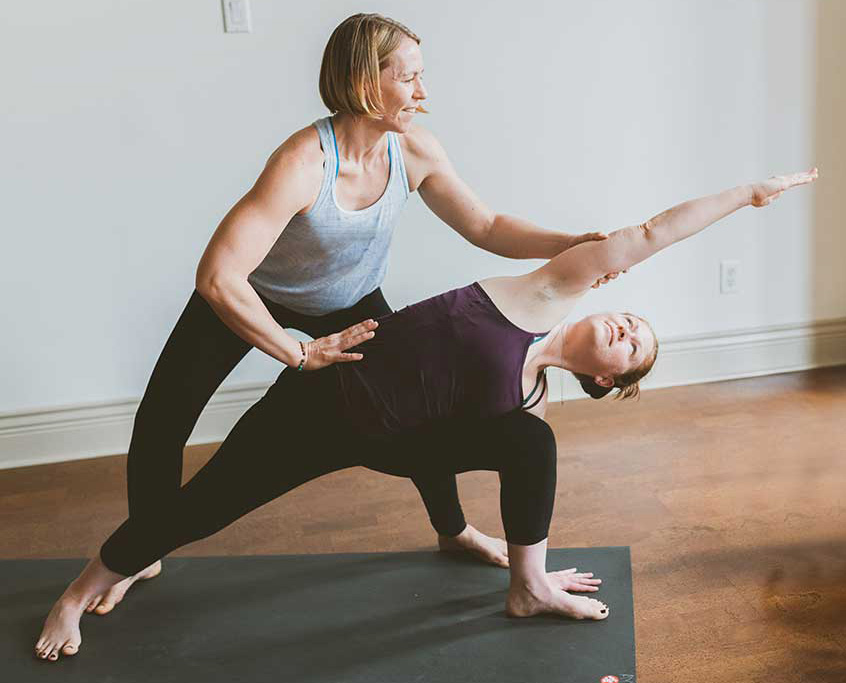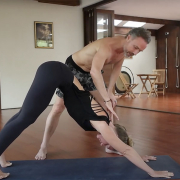 https://samahitaretreat.com/wp-content/uploads/2021/04/SAM_2698-scaled.jpg
1707
2560
Dr. Paul Dallaghan
http://samahitaretreat.com/wp-content/uploads/2024/01/samahita-logo-v2.svg
Dr. Paul Dallaghan2023-06-07 04:54:272024-02-15 09:46:19What is your state of mind? Perhaps yoga has some insight!
https://samahitaretreat.com/wp-content/uploads/2021/04/SAM_2698-scaled.jpg
1707
2560
Dr. Paul Dallaghan
http://samahitaretreat.com/wp-content/uploads/2024/01/samahita-logo-v2.svg
Dr. Paul Dallaghan2023-06-07 04:54:272024-02-15 09:46:19What is your state of mind? Perhaps yoga has some insight!Integrating Somatics in Yoga

Somatic Movement is nothing new. It is, however often bypassed amidst the frenzy of what is “trending” in yoga or fitness to push you to your limits and increase your caloric expenditure. How sad.
Somatics do just the opposite. The process of somatic education turns you internally, rather than focusing on external form. Ultimately, we produce more efficient movement, meaning that we actually use less energy. Working intelligently with movement by tuning into the somatic nervous system forces you to move slowly while you learn movement to create healthy neuromuscular patterning.
I’ve always taught students to enjoy their movement, to “feel” it rather then just “do” it. When we can feel it, we can fix it if we need to, and at the very least enjoy the process of moving inside this human vehicle, rather than forcing ourselves into performance to meet some kind of shape standard.
Somatic movement is all about perception. Moving from within. Specifically, initiating movement in a way that emphasizes internal perception and experience, thus truly connecting our mind with movement. No rushing here. Developed as a field of research and systematized as a movement education by Dr Thomas Hanna, somatics are used as therapy to re-educate the nervous system.
The system uses slow, deliberate paths of movement and release sequences through verbal cueing, in a way that the movement is felt from the deep level of initiation, rather then the more external pulls that tend to drive large or fast movements. The result is incredible stability, alignment and fluid movement. It also serves as a therapy to correct imbalances in posture, movement and breath. Thus, it is a very informative tool for yoga teachers and students.
As a yoga teacher, experiencing somatics has a massive impact on your ability to cue movement correctly, and serves to assist you with private or therapeutic clients.
When looking at movement as a whole – incorporating strength, co-ordination, mobility and balance – somatics work to impact the efficacy of all 4 pillars. It trains (and in some cases un-trains and retrains) the neuromuscular pathways for movement. At least that’s what has been taught up to this point. I prefer to look at movement on a more global scale, which means we cannot disregard fascia and especially its role as a sensory organ and force transmitter. So we can use somatic education as well as work with the fascia in movement to create the ultimate mind-body connection and fluid body.
I am really excited to share this new way of thinking about and sensing movement in the upcoming Advanced Anatomy: Somatic Movement & Fascial Integration as we explore not only somatic movement, but somatic movement from the perspective of the fascia – all intertwined with the breath for incorporation into your yoga practice.
More from the Samahita Blog






